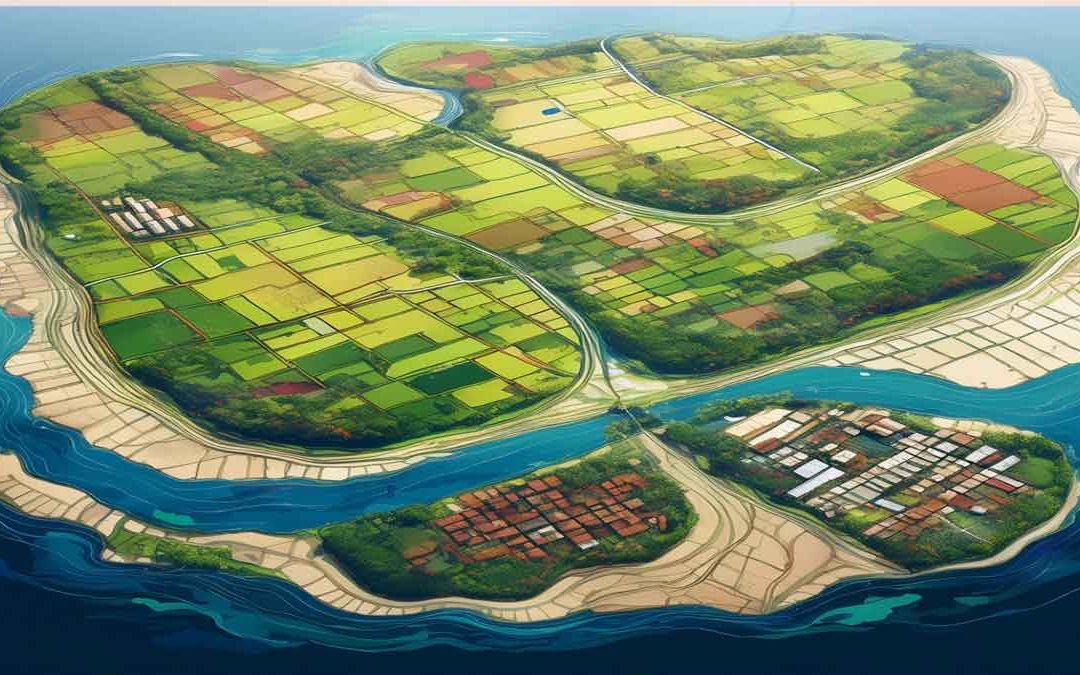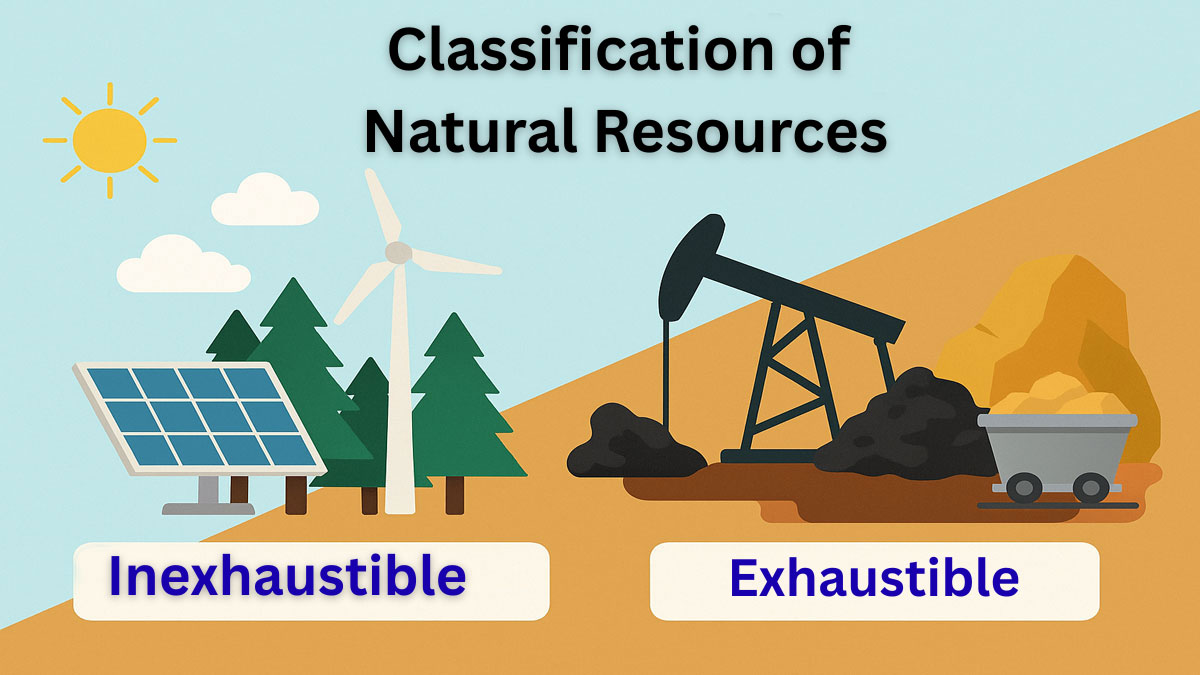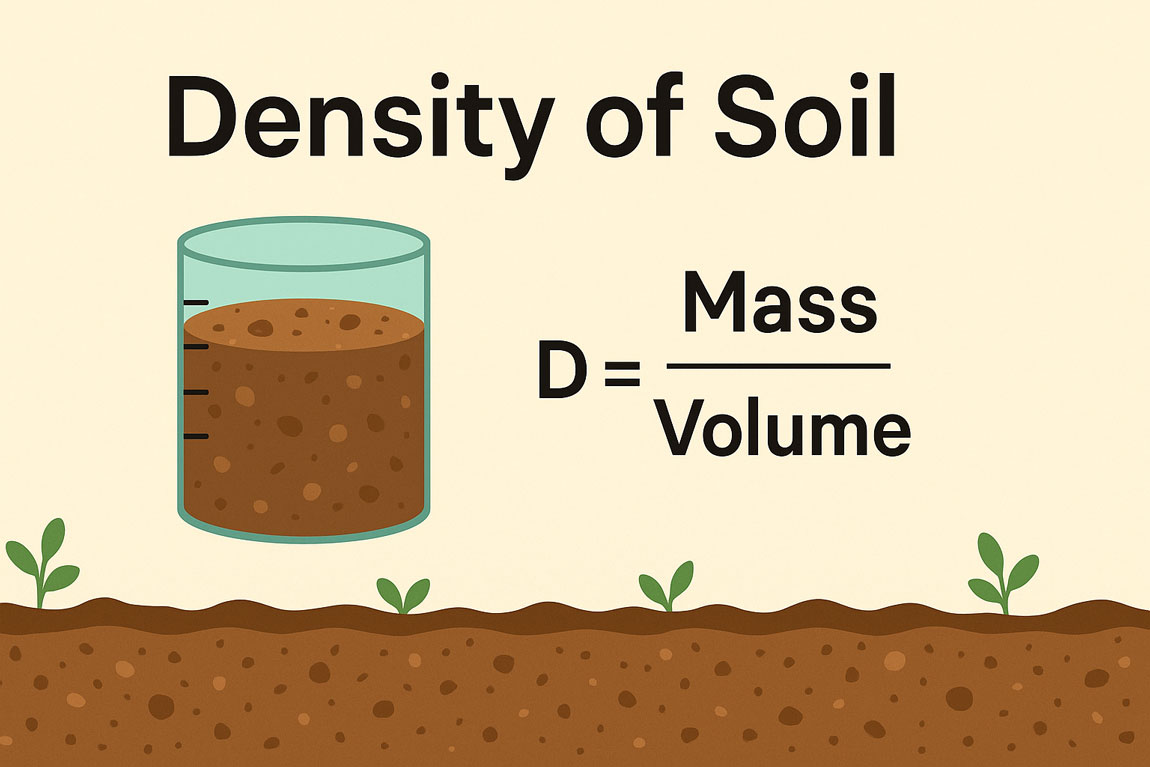Land is a valuable resource, and using it wisely is important for sustainable growth. In Bangladesh, the land use policy helps manage land use in a planned and responsible way. It aims to protect farmland, boost the economy, and care for the environment while balancing development and conservation.
What is Land Use Policy?
Land use policy is a plan that helps manage and develop land in a way that supports long-term growth while protecting the environment.
It includes rules and guidelines on how land can be used for different purposes, like farming, building cities, industries, and recreation.
A good land use policy makes sure resources are used wisely, reduces damage to the land, and helps solve problems like overcrowded cities and loss of natural habitats.
Objectives of Land Use Policy:
Notified in the official gazette on 21 June 2001, the Land Use Policy states the following objectives,
- To prevent the current tendency for the gradual and consistent decrease in cultivable land for the production of food to meet the demands of the expanding population.
- To introduce a ‘zoning’ system in order to ensure the best use of land in different parts of the country, according to their local geological differences, to logically control the unplanned expansion of residential, commercial, and industrial construction;
- To ensure the best way of utilizing the char areas naturally rising out of river beds during dry months for the rehabilitation of the landless people;
- To take necessary measures to protect land, particularly government-owned land, for different development programmes that might be necessary in the future;
- To ensure that land use is in harmony with the natural environment;
- To use land resources in the best possible way and to play a supplementary role in controlling the consistent increase in the number of landless people towards the elimination of poverty and the increase in the employment rate;
- To protect natural forest areas, prevent river erosion, and prevent the destruction of hill and hillocks;
- To prevent pollution;
- To ensure the minimal use of land for the construction of both government and non-government multi-storied offices.
Conclusion:
In Bangladesh, the land use policy identifies different uses of the mainland, such as agriculture, housing, forests, rivers, irrigation and sewerage canals, ponds, roads and highways, railways, businesses and factories, tea estates, rubber plantations, gardens, coastal areas, sandy riverbeds, and char lands. This helps plan and manage land in a proper and organized way.






